The Timple puts the whole world in your hands
The instrument is part of the Canary Islands' identity and an example of the universality intrinsic to timple players such as Gran Canaria's German López.
Greatness is sometimes found in the smallest things. The musician Germán López made this discovery at an early age, when he was barely five years old. He wanted to play the guitar, but his fingers hardly reached the strings, so a teacher suggested that he started with the timple. Discovering the infinite possibilities of that seemingly humble instrument turned what was once a passing solution into a lifelong passion.

Gran Canaria sings, dances and is lulled to sleep to the sound of the timple’s five strings. It belongs to the family of string instruments that evolved from guitars, vihuelas and lutes that played a key role in the European Renaissance and Baroque periods.
This family of musical instruments ended up travelling far and wide, adapting to new soil wherever it landed on its journeys between Europe and America.
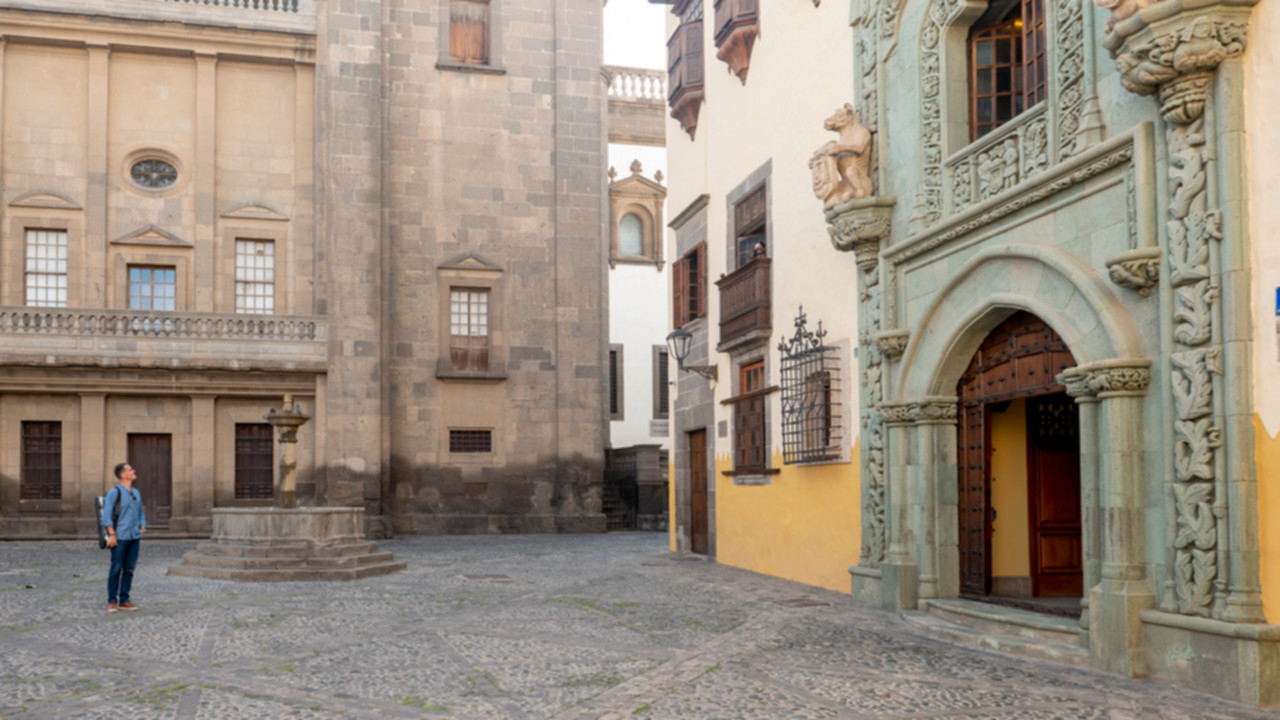
The Canary Islands is an obvious resting ground between the Atlantic shores, and the instrument’s beautiful sound rang out through the swell of the waves and the depth of the ravines. It was as if it had come home, albeit a new home. It adjusted to the gentle climate and its people who gave it the name timple, although it was formerly, and affectionately, called ‘camellito’ because of the hump-like shape of its back.
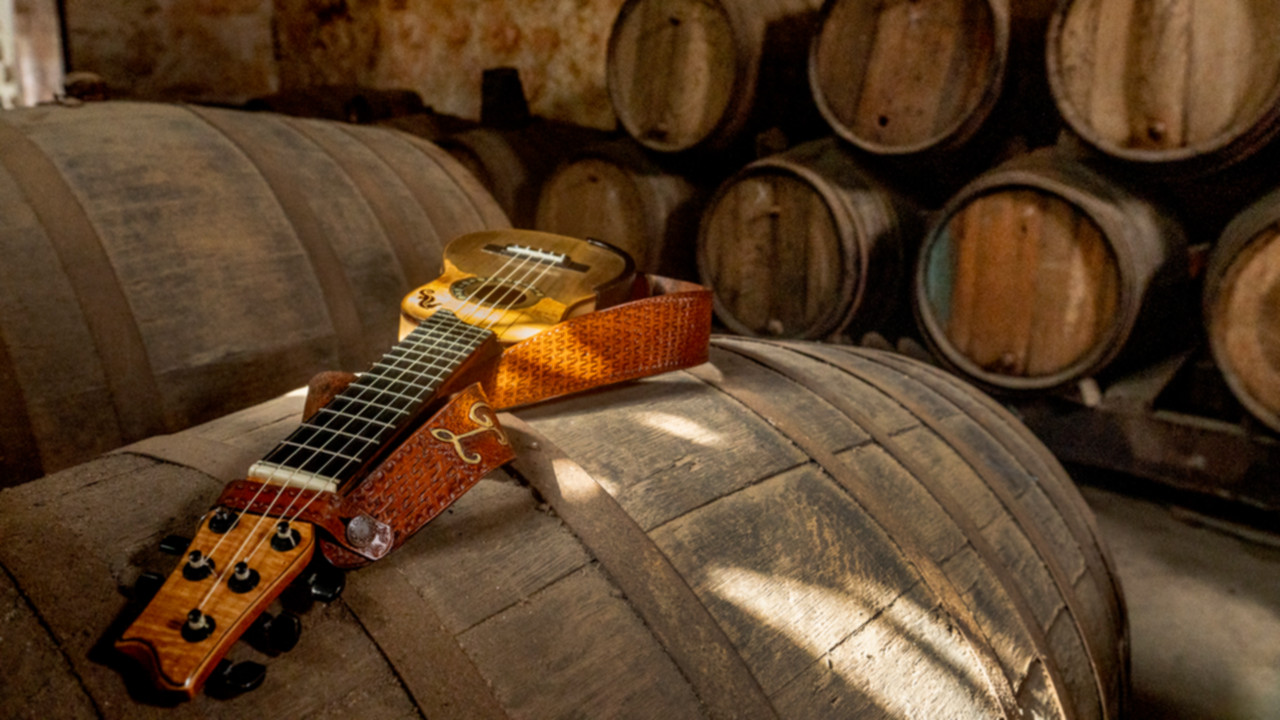
The timple is a distant relative of the Hawaiian ukulele, the Portuguese cavaquiño, the Venezuelan cuatro or the Peruvian charango, all part of their own five-stringed universe. In this particular world, there is always a background melody playing, alluding to music’s ability to cross borders and gather people together around beauty.
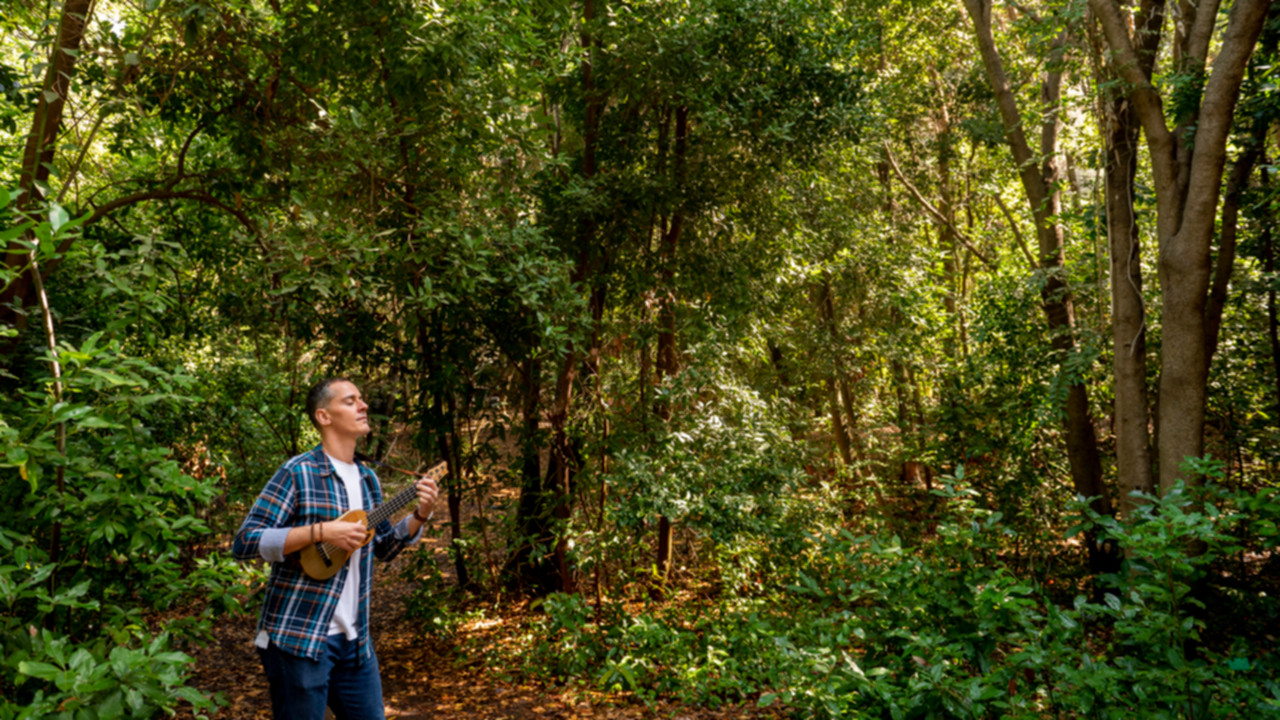
The timple’s journey goes on. It began in carriages and sailing boats and now it continues, hitching a lift on the talent of players who take it to a new dimension working from its original role as an accompaniment instrument in folk music. The strings are no longer just strummed, now they are plucked and used to play arpeggios.
Which brings us back to Germán López. The same child that fell happily into its five-string clutches, above all thanks to his mentor, José Antonio Ramos, from Artenara and a driving force behind promoting the timple as a solo instrument, capable of conversing with all types of music.
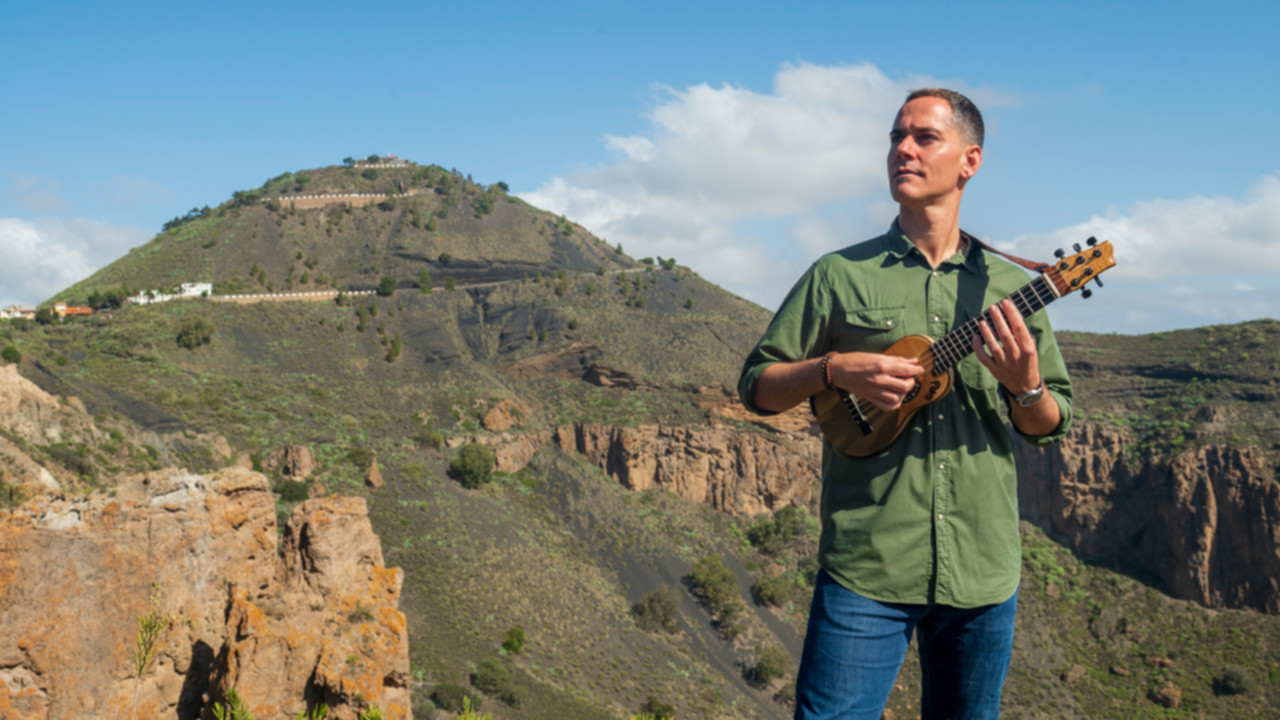
“Its variety of timbres stirs up interest wherever we go. Despite being very sharp, it is not grating. Quite the opposite, it is sweet and melodic,” summarises Germán López shortly before setting off on a tour of the United States, brandishing his timple. “It is very versatile, and this shines through in compositions that were not actually written for the timple, proof of its universality,” he adds.
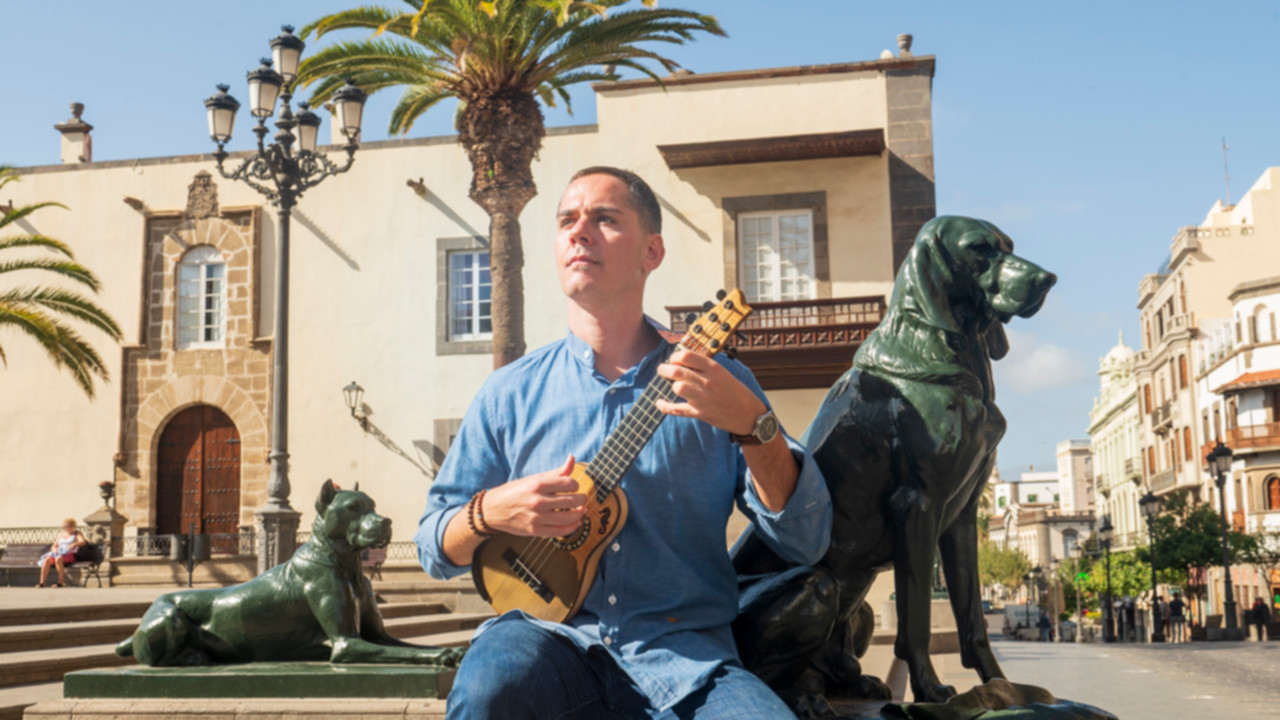
Part of Gran Canaria’s soul lives inside each timple, wrapped up in the warm shell made out of wood from pine, persimmon, orange or mulberry trees, ready to emerge when skilled hands strum its strings and move between its bridges, traditionally made of cow or camel bones.
The timple’s home lies in pilgrimages, village festivals, pageants improvised anytime anywhere, in the intimacy of a family, deep inside the person playing it to express their sorrow or joy, or dedicated to a loved one. It also appears on the world’s great stages, alongside symphonic orchestras, jazz ensembles or Big Bands. Its vitality is kept going by people who prove that this whole universe can fit into the palm of your hand.




Comments are disabled for this post.